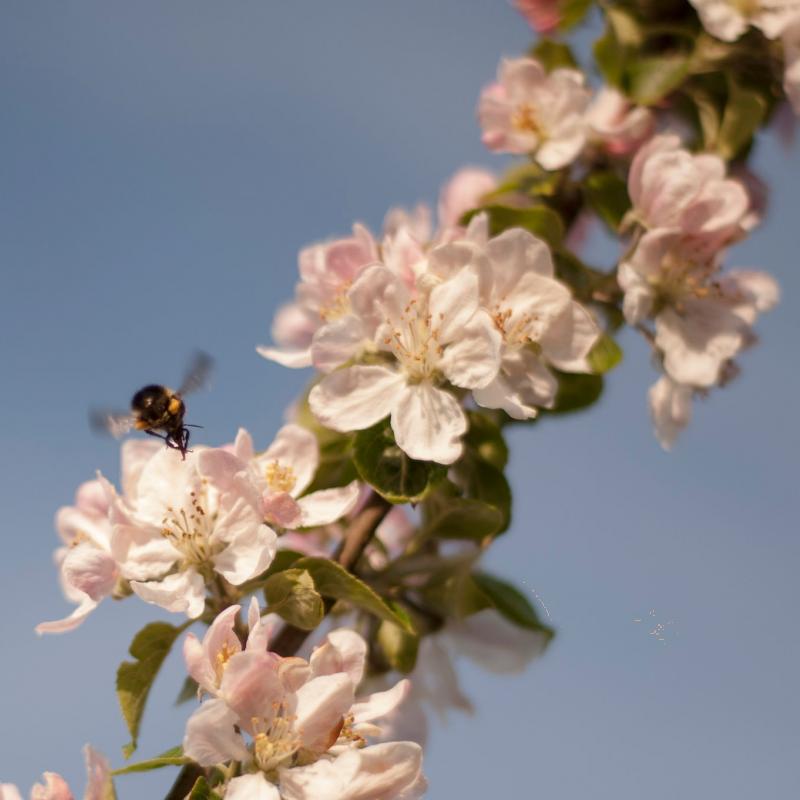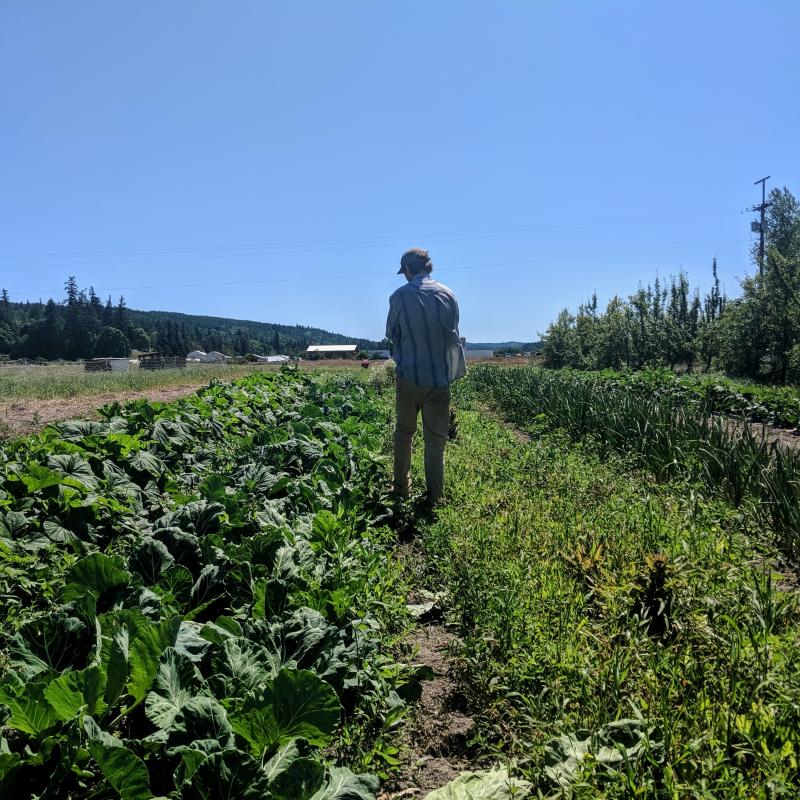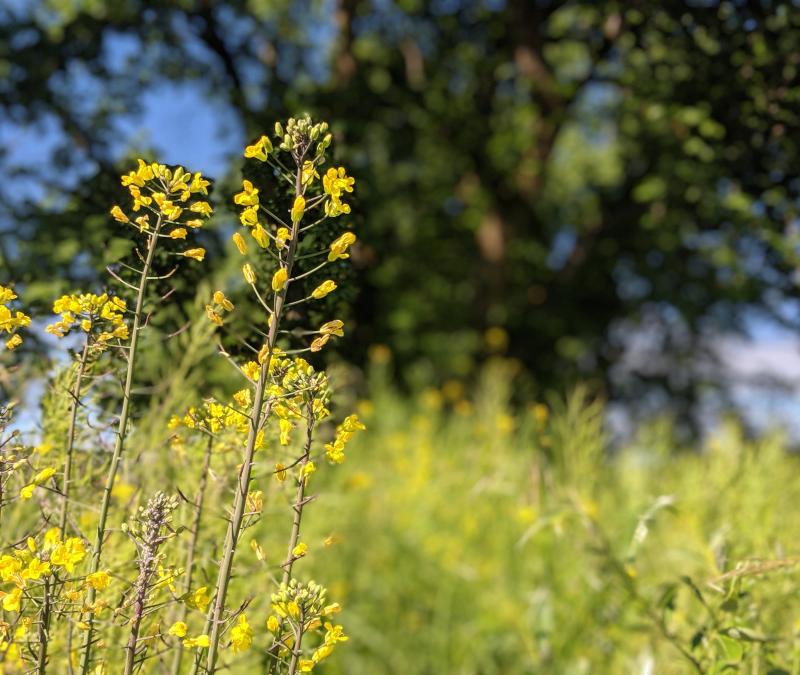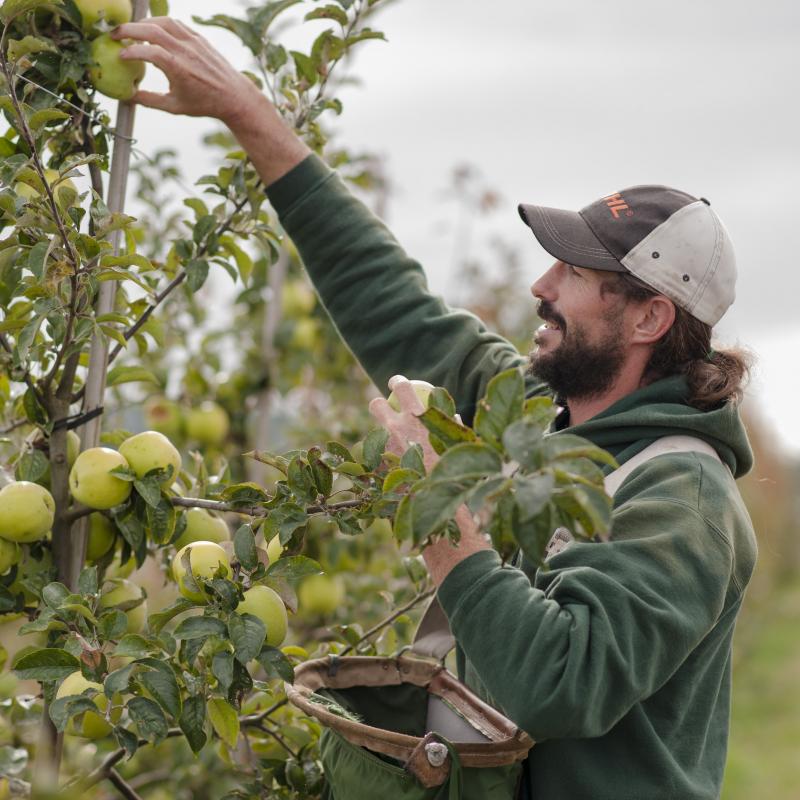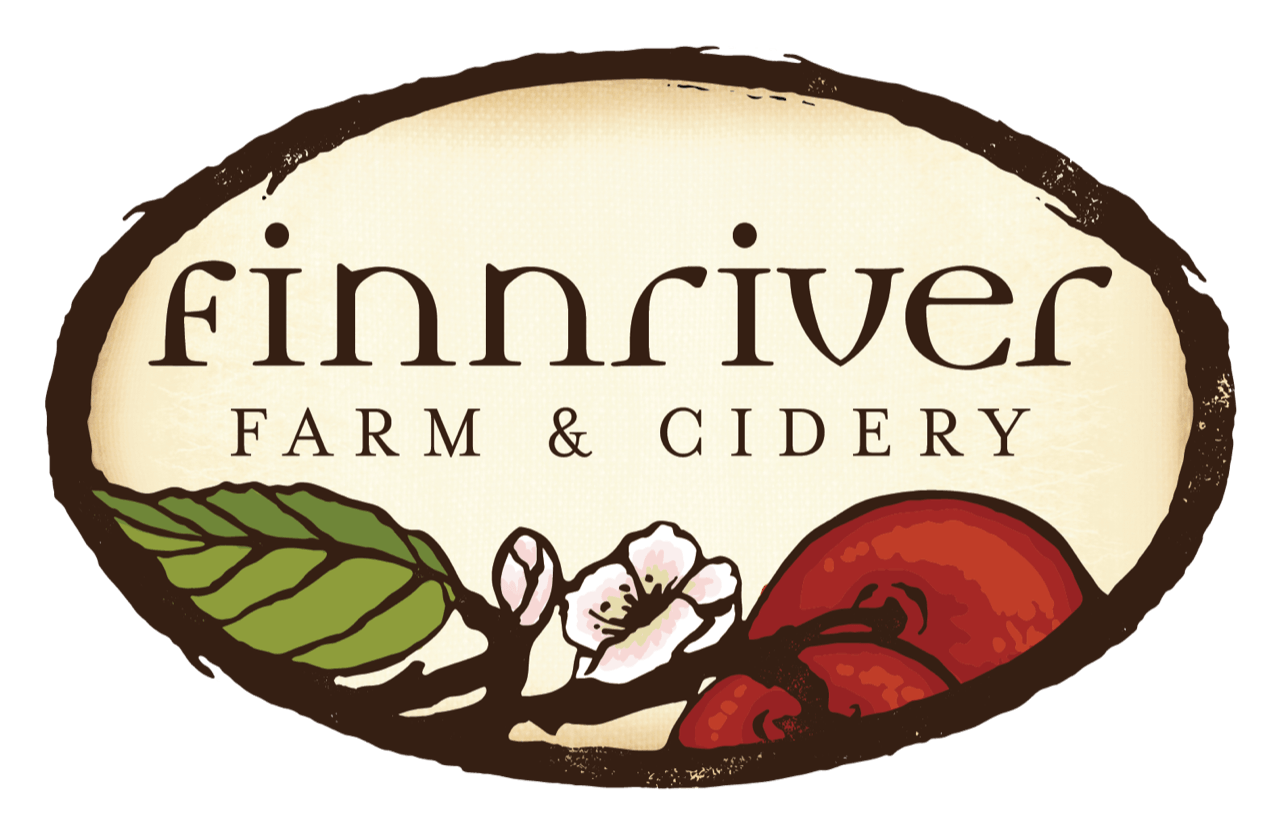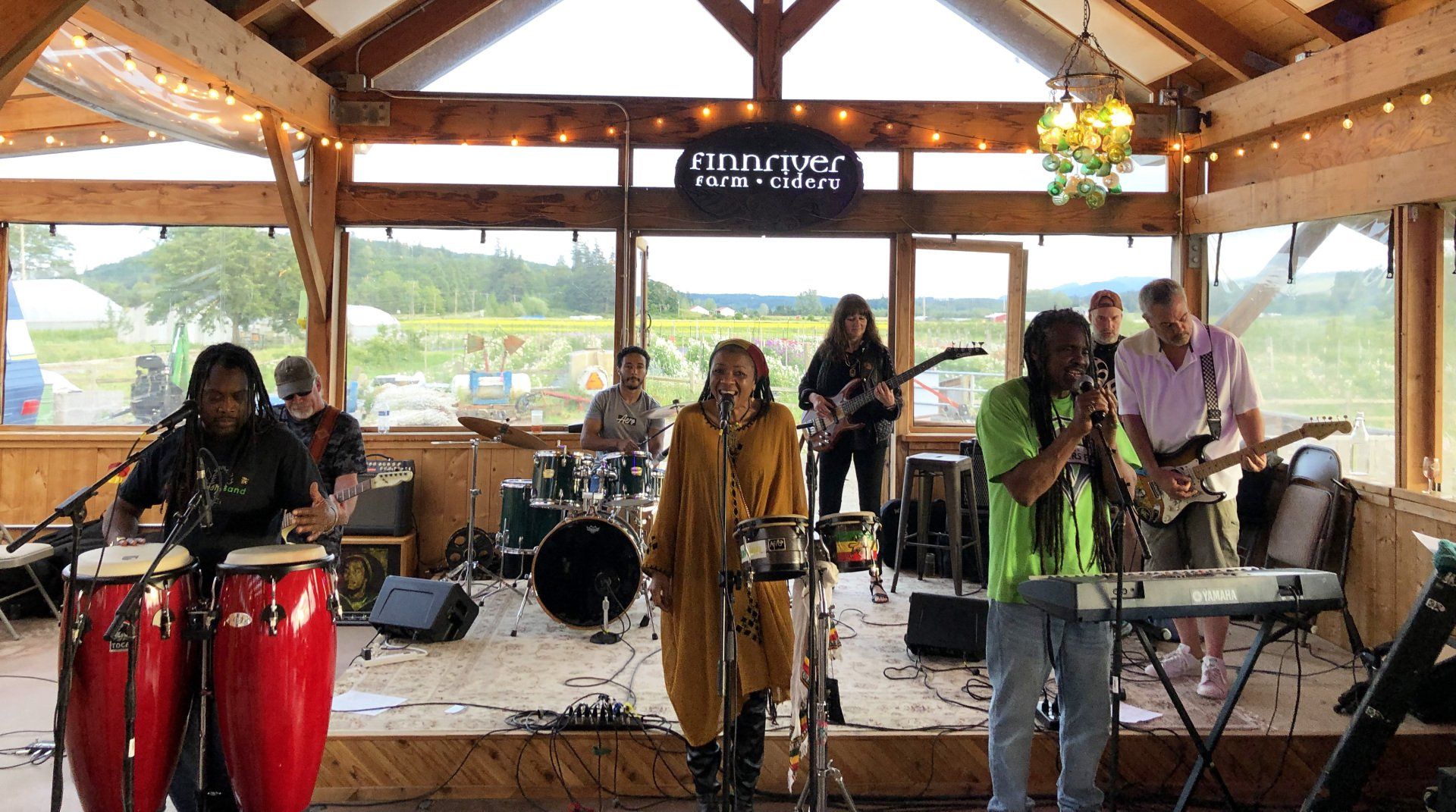There are rhythms to the year on the farm— an agricultural rhythm that’s shaped by the seasons, and a cultural rhythm that’s coordinated by the calendar we follow. Today— always the third Monday in Janaury*— is the day designated by the US government to officially honor the life and legacy of Dr. Martin Luther King Jr. This is a complex day to navigate, for the country, and so for us at Finnriver. On the one hand, we feel a deep and earnest reverence for this holy man who not only held justice and love sacred, but also understood that they were inseparable. On the other hand, we recognize the temptation and tendency to show up on social media and shallowly meme the way through the holiday with quotes and portraits. This raises the critical question— how do we, here at our farm in Chimacum, really relate to Dr. King’s message and mission?
There is no doubt, in my own heart, that the mission of Finnriver arose out of a lifelong listening to the guidance of non-violent leaders such as Gandhi, MLK and Vietnamese Buddhist monk Thích Nhât Hahn (whom Dr. King nominated for the 1967 Nobel Peace Prize) and a longing to grow more love in the world. I know, I know…this is a naive thing to say and a potentially dangerous one, since it can lead to a sort of lovey-dovey spiritual bypassing and avoidance of necessary action and accountability. Love as a principle is easy to proclaim. As a practice, in the face of centuries of racial injustice designed to keep my white body comfortable, it is a never-ending challenge to renounce ambivalence, to reorient into non-violent resistance and to commit to action for personal and systems change and to deepening community relationships.
So at Finnriver, when we say our purpose here is to “reconnect people to the land that sustains us and grow community,” that is a shorthand, a signifier, for this much larger and more comprehensive and complicated aspiration. And what we mean when we say “grow community” has everything to do with what we mean specifically by the term “community.” This is a word that can be constrained to refer to select groups of people who band together around a certain identity or ideology or geography etc. Or, more broadly, as we seek to use it here, it can reach out to embrace what Dr. King named, in the Christmas Sermon of 1967, as the ‘interrelated’ nature of all life:
“It really boils down to this: that all life is interrelated. We are all caught in an inescapable network of mutuality, tied into a single garment of destiny. Whatever affects one directly, affects all indirectly.”
Not long before this sermon, Dr. King had met Thích Nhât Hahn for the first time, a meeting that some have speculated lead to Dr. King speaking out against the Vietnam War. Thích Nhât Hahn described this meeting this way:
“We had a discussion about peace, freedom, and community. And we agreed that without a community, we cannot go very far.”**
Along with a celebration of Dr. King’s world-transforming wisdom, a large part of this day for me, is also grieving his assassination and the white supremacist social and psychological conditions that encouraged it and still endure in our country. How do we reshape that world to stop and prevent racialized violence and oppression? So that an inclusive, interrelated love can take root and flourish? What do we plant here, day in and day out, to heed Dr. King and"to make real the promises of democracy... to rise from the dark and desolate valley of segregation to the sunlit path of racial justice...”***
In his book,Stride Toward Freedom: The Montgomery Story, Dr. King outlined six principles of nonviolence, including this one:
"Nonviolence chooses love instead of hate. Nonviolence resists violence to the spirit as well as the body. Nonviolence love is active, not passive. Nonviolence love does not sink to the level of the hater. Love restores community and resists injustice. Nonviolence recognizes the fact that all life is interrelated."
At the beginning of the pandemic, as we began to feel the fractures forming in our rural community around the public health responses to the corona virus, Finnriver embraced the motto: Love is at the core. This was an irresistible apple pun but also a succinct statement of intent. Yes, we seek to operate from a fundamental commitment to Love as a guiding force in our actions here. Love of land, of the fruit of the earth, of wild and human community, of the precious opportunity to be here all together on this planet.
The essential question for us at Finnriver is how to embody that love=justice principle as a business so that we generate transformative potential on our farm, for the community and in the world. To be transparent, our capacity to evolve as individuals and as a collective gets continually buffeted by many factors— human dynamics, economic pressures, personal issues, etc. But we continue to try to create structure here that’s aligned with our social justice aspirations and values because we believe that a loving and liberatory justice is necessary for the flourishing of all of us!
Heather McGhee says it:
“For when a nation founded on the belief in racial hierarchy truly rejects that belief then and only then will we have discovered a new world. That is our destiny. To make it manifest, we must challenge ourselves to live our lives in solidarity across color, origin, and class. We must demand changes to the rules in order to disrupt the very notion that those who have more money are worth more in our democracy and our economy. Since this country’s founding, we have not allowed our diversity to be our superpower and the result is that the United States is not more than the sum of its disparate parts. But it could be. And if it were, all of us would prosper. In short, we must emerge from this crisis in our republic with a new birth of freedom. Rooted in the knowledge that we are so much more, when the we in we the people is not some of us, but all of us. We are greater than and greater for the sum of us.”
― Heather McGhee,The Sum of Us: What Racism Costs Everyone and How We Can Prosper Together
You can read more about theFinnriver DEI action & accountability plan here, knowing that’s due for an update, planned for Spring of 2023. Commitments we make to racial justice include ourSocial Justice Cider project. We make a monthly contribution tothe Jefferson County Anti-Racist Fund as a business member of their mutual aid fund. We are working withUsawa Consulting on on-going staff training in racial justice literacy, and we host an ongoing racial justice reading group (currently readingThe Inner Work of Racial Justiceby Rhonda V. Magee). Throughout the year, we hold events at our Cider Garden that celebrate the creative culture in agriculture and that affirm diverse and inclusive community.
On New Years each year we celebrate Fishes & Wishes, an event that involves lighting up a giant sculptural salmon and asking folks to make wishes on small stones collected from the beach (see photo above). Human hands infuse their warmth and those wishes into the rocks. We then collect the stones in a basket with a promise to toss them back into the salmon streams, so the waters and the fish can carry the wishes back to the sea…where they will be uplifted and circulated with the hydrologic cycle. It’s symbolic but also somatic— a ceremony that honors our connection to each other and the interrelated whole. I don’t know what most people wish for but I can hope that some of these wishes are for the world to wholly embrace itself.
So while I was prompted to write this post on Dr. King’s day of memorial, I know very well the effort doesn’t end at midnight and that our attention, our intention has to remain activated. Today, every day, I am wishing for loving justice. And today, every day, I am aware of the work to get there.
———
*The campaign for a federal holiday in King's honor began soon afterhis assassination in 1968. President Ronald Reagan signed the holiday into law in 1983, and it was first observed three years later on January 20, 1986. At first, some states resisted observing the holiday as such, giving it alternative names or combining it with other holidays. It was officially observed in all 50 states for the first time in 2000. (Wikipedia)
*** From the "I Have a Dream" speech, delivered by Dr. King on Aug. 28, 1963, on the steps of the Lincoln Memorial.
